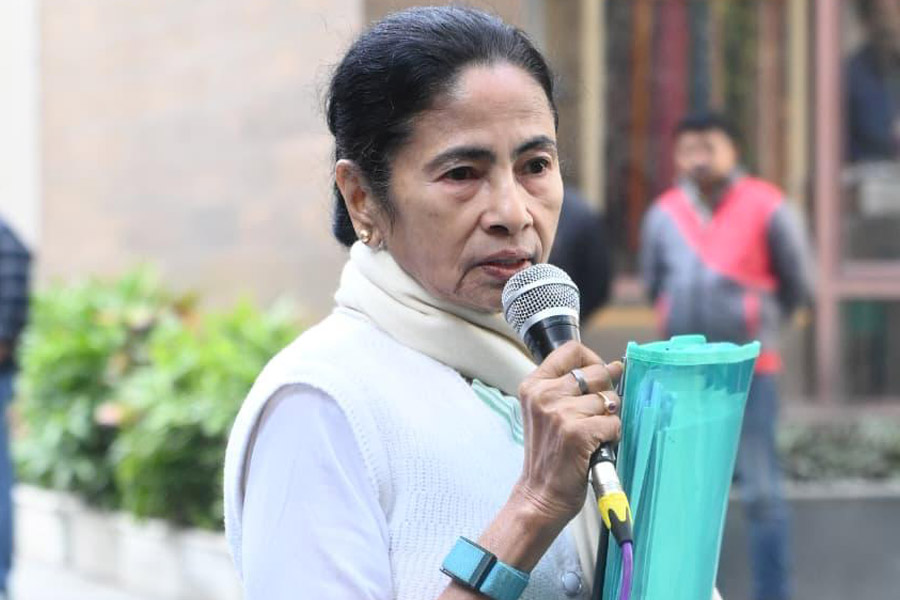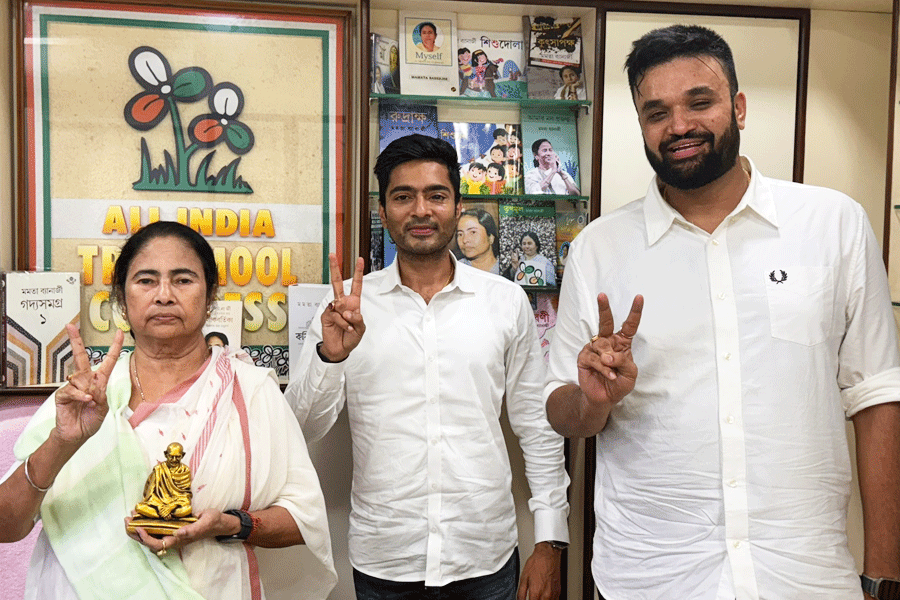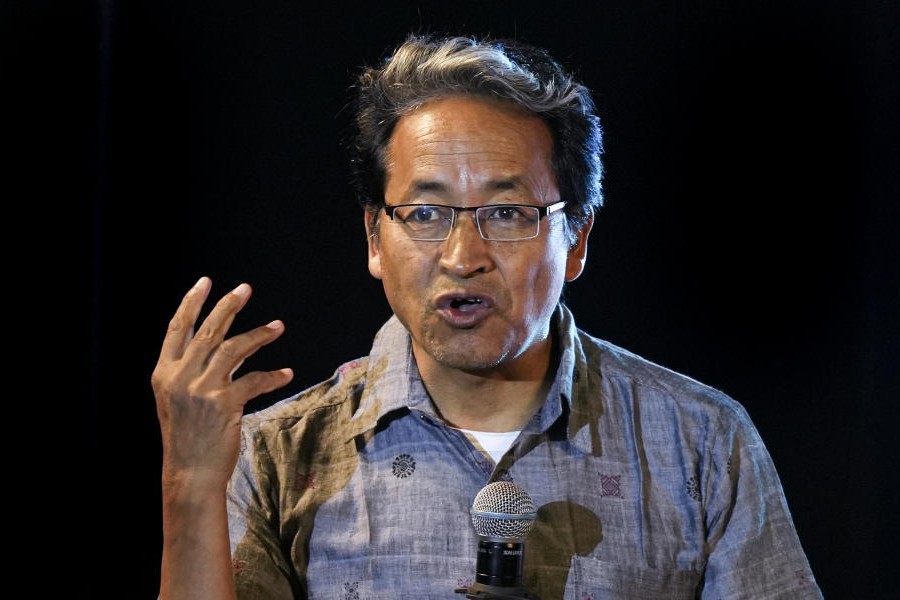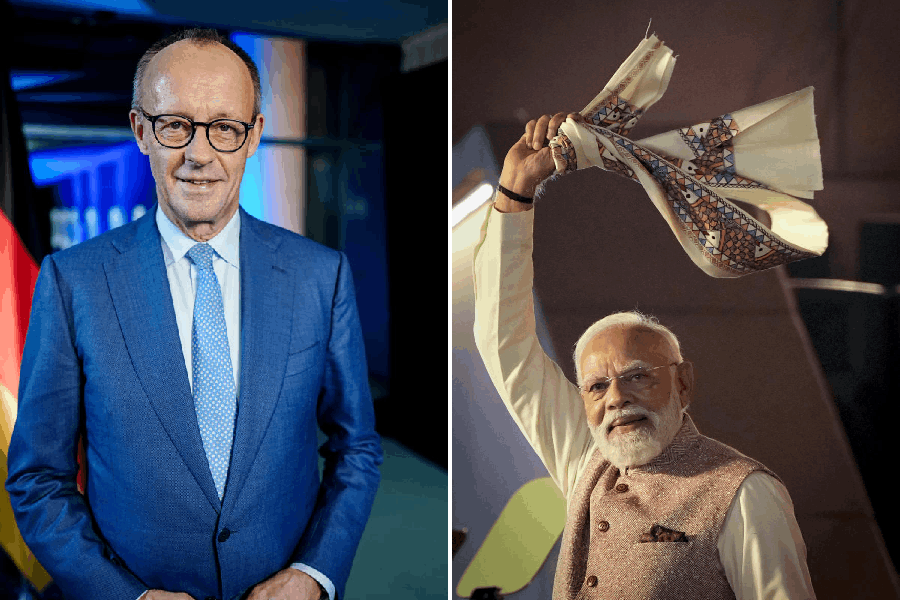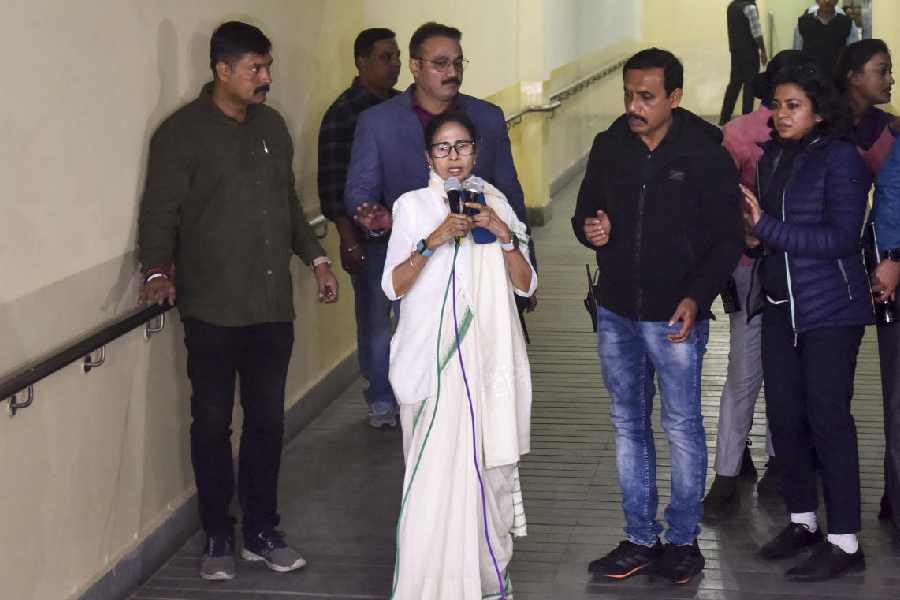New Delhi, March 22: A scientific paper published last year by a team of faculty members and researchers at two Indian Institutes of Technology contains material reproduced from a 2007 thesis by a former MTech student.
Scientists who have examined both the documents say the reproduced material suggests that senior researchers had plagiarised bits of work from the thesis pencilled by the MTech student at IIT Kanpur.
Two schematic diagrams and seven sentences that describe an experimental procedure, published in the journal Industrial and Engineering Chemistry Research in July 2011, are near-identical in language to what was published in a chapter of the student’s December 2007 thesis. But the experimental conditions described in the two documents are different.
The student, now pursuing a PhD at the Indian Institute of Science, Bangalore, noticed the similarities in December 2011 and sent an email query to the paper’s first author, Chandra Shekhar Sharma, assistant professor at IIT Hyderabad, and senior author Ashutosh Sharma, a professor of chemical engineering at IIT Kanpur.
Both Chandra and Sharma have denied plagiarism but have offered to issue an erratum to the paper that would cite her thesis — if she acknowledges the role that Sharma’s laboratory played in her MTech thesis.
But scientists say that emails exchanged between the student and the IIT faculty members suggest that the faculty members tried to badger her into silence in December 2011 and offered to issue an erratum only after an anonymous email raked up the issue earlier this month.
The reproduced material in contention describes a procedure to create tiny hair-like structures, found on the leaves of certain trees, on the surfaces of polymers to make them superhydrophobic — highly water-repellent.
Sharma, who is a respected scientist and has won multiple awards, including the Infosys Prize in 2010 for excellence in engineering, said his laboratory — where Chandra was then a PhD student — had all the ideas, expertise, resources and ongoing research work on the topic described in the paper.
“The student who has questioned us about the paper’s contents has made no contribution whatsoever to this paper,” Sharma said. “Nothing at all would have changed for this paper if she had not been around in IIT Kanpur.”
Chandra told The Telegraph that the two diagrams in the MTech thesis were based on a sketch he had given to the student. Some language in the paper and the thesis is similar, he claimed, because he had also helped her with her thesis writing.
But the student has asserted that while she wrote the entire thesis on her own and showed it to two fellow-students, she did not give Chandra her thesis for correction. She has also said that she drew the schematic diagrams on her own.
The student said that while she had spent a few months in Sharma’s laboratory and used his instruments for measurements, all her work on superhydrophobic polymers was done in the laboratory of her guide, associate professor Animangsu Ghatak.
She said Ghatak had assigned her the task of reproducing the hairy structures of leaves on polymers. She worked on three polymers on her own, and wanted to replicate the task on a fourth polymer called RF gel.
She said she only obtained a review paper on the synthesis of RF gel from Chandra and used the recipe in the paper to synthesise the material on her own in Ghatak’s laboratory.
Ghatak has described his former student as “independent, hard-working and creative”, and someone who did not need spoon-feeding. “If a student does not need guidance from her own adviser, I have difficulty in believing that she needed it from another student in another laboratory,” Ghatak told The Telegraph.
Sharma and Chandra both claim that the student, while assigned to Ghatak, used Sharma’s laboratory facilities, attended its group meetings and learned protocols, some of which she used for her thesis work. Sharma said he had no knowledge until December 2011 that the student had used some of his group’s ideas and laboratory facilities for her thesis work.
“In this drama involving three main actors — the student, Chandra, and Ghatak — I’m given a two-bit part after the curtain call and (am) now left to pick up the trash,” Sharma told The Telegraph. “I’m still trying to get all the facts.”
But Ghatak said his own laboratory also had the intellectual ideas and expertise for the research his student carried out. “She possibly learnt about work on RF gel in Sharma’s lab, was curious to find out if the leaf pattern can be produced on it and succeeded in doing that, then reported it in her thesis,” Ghatak said.
A senior IISc faculty member said he found nothing wrong in students picking up ideas from multiple sources, including neighbouring laboratories. “We want curious students who seek out knowledge from wherever they can,” said Thennathur Abinandanan, professor of materials engineering at the IISc.
The IIT faculty has now agreed that a respected independent scientist chosen by the student herself will examine the issue and determine what corrective actions, if at all, should be taken.
“I think this is a rather silly issue that has been blown out of proportion and is taking away our time from research,” said Ghatak. “Sharma is a great scientist with outstanding achievements in this field.”


